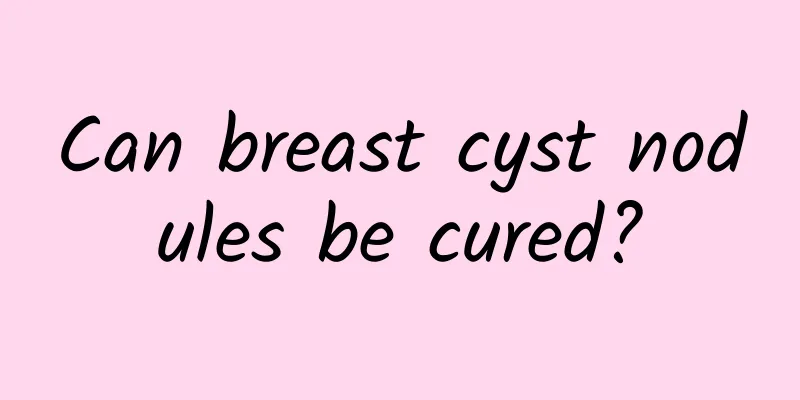Early symptoms of lumbar disc herniation

|
The early symptoms of a herniated disc are often confusing because they can be similar to other common back problems. A herniated disc usually starts out as mild discomfort or pain in the lower back, which can be intermittent or aggravated by certain movements or postures. Many people may think that this is just ordinary back pain caused by fatigue or improper posture, and ignore the potential severity. When a disc starts to bulge, the most common early symptoms are lower back stiffness and limited mobility. You may find that your lower back is particularly stiff when you get up in the morning, and that the symptoms ease with movement. Over time, the pain may spread along your buttocks, back of your thighs, and even your calves, a phenomenon known as sciatica. Sciatica is caused by the herniated disc pressing on the nerve roots, and this pain may cause you to feel soreness, numbness, or tingling in your legs. Interestingly, the early symptoms of a herniated disc are not just pain and stiffness, but sometimes muscle weakness. You may find yourself feeling tired or weak in your legs after standing or walking for a long time. This is because the nerves are compressed, affecting the normal function of the muscles. If you notice these symptoms, especially if the pain spreads from the lower back to the legs and is accompanied by numbness or weakness, it is very important to see a doctor immediately. In daily life, we can alleviate these early symptoms with some simple methods. Maintaining a good sitting and standing posture, avoiding staying in one position for a long time, and moderately increasing waist and back exercises, such as swimming or yoga, can help alleviate symptoms. Paying attention to a healthy diet and keeping your weight within a reasonable range can also reduce the burden on the lumbar spine. Lumbar disc herniation can be effectively controlled if it is detected early and appropriate measures are taken. By adjusting daily living habits and exercising moderately, we can alleviate symptoms to a certain extent and reduce the progression of the disease. I hope this article can help you better understand the early symptoms of lumbar disc herniation and take positive measures to protect your health. |
<<: Early symptoms and treatment of gallstones
>>: How to exercise for frozen shoulder
Recommend
How to correct o-shaped legs
Correcting O-shaped legs is a topic of concern to...
What are the symptoms of hepatobiliary stones?
Hepatobiliary stones are often confusing because ...
What medicine can cure perianal abscess quickly?
Drug treatment for perianal abscess is mainly aux...
Can I eat crucian carp if I have perianal abscess?
Patients with perianal abscess can usually eat cr...
What are the symptoms of bone spurs?
Bone spurs often present with symptoms such as pa...
How to recover from intestinal obstruction
After intestinal obstruction leads to weight loss...
Is it possible for a breast cyst to become cancerous?
Breast cysts are usually benign, but their likeli...
Is acute osteomyelitis contagious?
Most of the causes are due to hematogenous spread...
Can I take Xiaoyao Pills for breast cyst nodules?
Patients with breast cyst nodules can usually tak...
Will breast hyperplasia cysts heal on their own?
Breast cysts are a common benign breast disease t...
What are the three types of breast cysts?
Breast cysts are a common breast lesion, which ar...
What is rhabdomyolysis?
Rhabdomyolysis may sound unfamiliar, but it is ac...
Will breast nodules get worse if massaged?
Massaging breast nodules may aggravate their symp...
What are the symptoms of bone tuberculosis?
Symptoms of bone TB include local pain, swelling,...
Is chronic cholecystitis with gallbladder polypoid lesions serious?
Chronic cholecystitis with gallbladder polypoid l...









